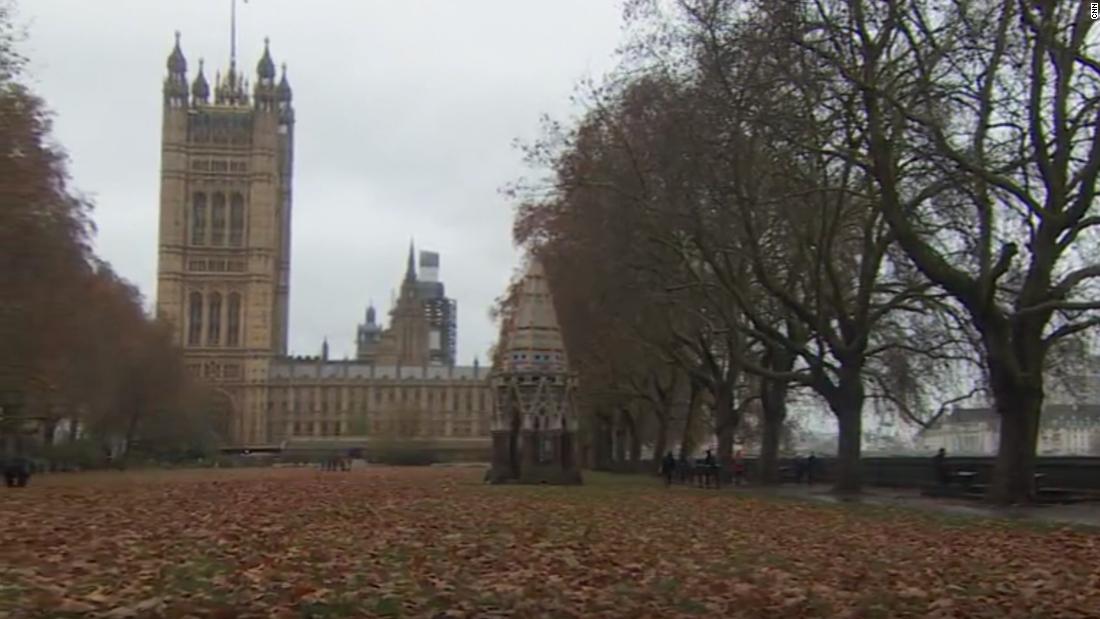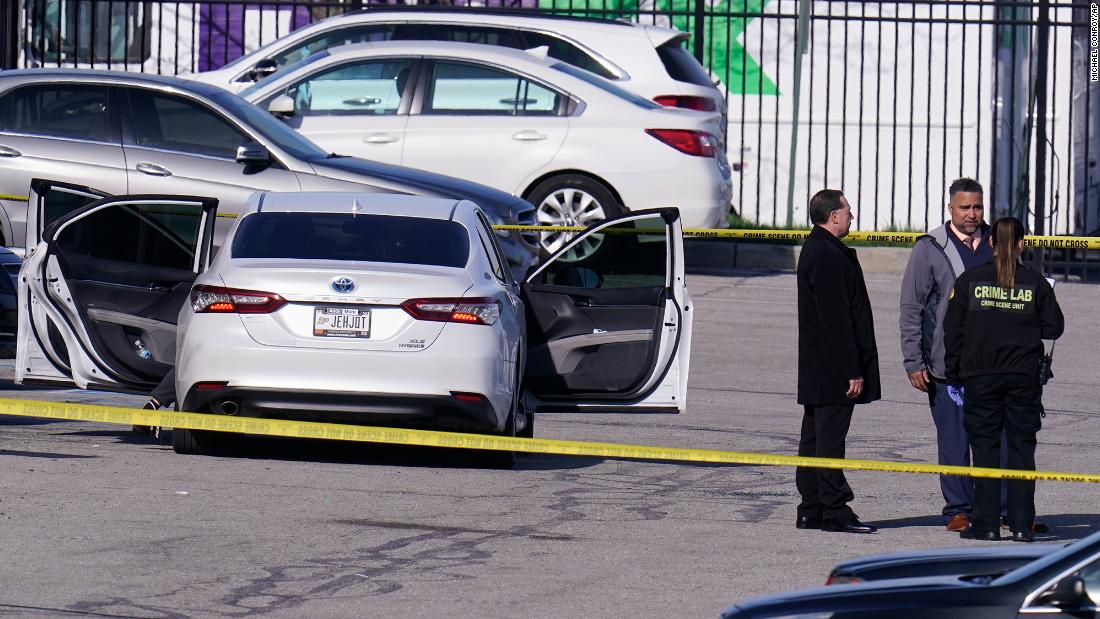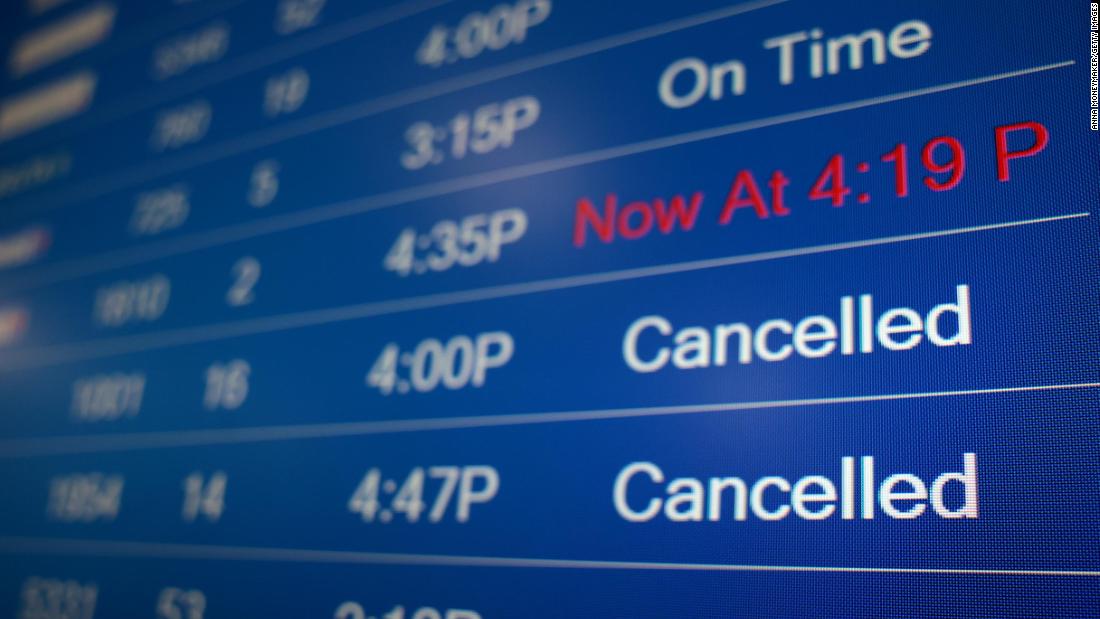THIS is the moment a driver overtook a car while going around a bend – before crashing into a bus head-on.
The collision left a woman in hospital after Andrew Spriggs tried the “stupid” move.
The white car tried to overtake a van but smashed into a bus
The collision left a woman in hospital after Andrew Spriggs tried the ‘stupid’ move
Dash cam footage shows the white car speeding past a van on a slight bend.
But before the car even managed to overtake, the driver noticed the incoming double-decker bus.
The footage shows the heart-stopping moment but stops just before the horror smash.
Spriggs’ vehicle went straight into the front of the bus on the driver’s side and bounced back.
His ex partner in the passenger seat, Julie Rowlands, was rushed to a major trauma centre in Stoke-on-Trent after he smashed into the bus in March 2023.
She suffered multiple fractures including to her wrist, arm, ribs, shoulder and spine and has ongoing health problems.
Several passengers on the bus were also hurt after the smash on the A548 Coast Road in Mostyn, Flintshire.
One of the passengers on the bus, a woman who was 33 weeks pregnant, suffered bruising to her arm and leg in the crash.
The bus driver suffered whiplash and he had to take several months off work.
Spriggs, 69, admitted causing serious injury by careless or inconsiderate driving and was given a suspended jail term.
According to NorthWalesLive, the judge said: “For reasons which are unknown, because you can’t explain it, on that slight bend you decided to overtake a car and collided with an oncoming bus.
“You should not have attempted to overtake.”
The judge branded it a “stupid” decision.
RULES OF THE ROAD Where should you avoid overtaking?
OVERTAKING is an important manoeuvre for motorists to master safely.
Therefore it’s important to understand when and where you should avoid overtaking when on the road.
As mentioned above, as a driver, it is important to understand where you should avoid overtaking.
You should not overtake if there is any doubt, or where you cannot visibly see far enough ahead to ensure it is safe.
For example, when approaching a hump bridge, the brow of a hill or a corner or bend.
You should also not overtake where you might come into conflict with other road users.
For example, where the road narrows, approaching or at a road junction on either side of the road, at a level crossing or when approaching a school crossing patrol.
There are a number of times when drivers should avoid overtaking.
As per rule 165 of the Highway Code these include:
If you would have to cross or straddle double white lines with a solid line nearest to you
If you would have to enter an area designed to divide traffic, if it is surrounded by a solid white line
The nearest vehicle to a pedestrian crossing, especially when it has stopped to let pedestrians cross
If you would have to enter a lane reserved for buses, trams or cycles during its hours of operation
After a ‘No Overtaking’ sign and until you pass a sign cancelling the restriction
There are strict rules about how and when it is safe to overtake – one being that drivers should only overtake ‘’when it is safe and legal to do so.”
According to the RAC overtaking ”is illegal if there are signs or road markings clearly prohibiting it, or if it’s done in an unsafe, reckless or uncontrolled way”.
For example, when you don’t have clear visibility of the road ahead or if you must exceed the speed limit in order to overtake.
The right-hand lanes are there to allow you to overtake a vehicle which is moving slower than you.
Rule 264 of the Highway Code states: ”You should always drive in the left-hand lane when the road ahead is clear.
“If you are overtaking a number of slow-moving vehicles, you should return to the left-hand lane as soon as you are safely past.”
You should pull into the middle or outside lane to overtake, then return to the left lane as soon as possible.
If you stay in the middle lane you could prevent other motorists from overtaking behind you, causing traffic flow issues.
Published: [#item_custom_pubDate]















































































































